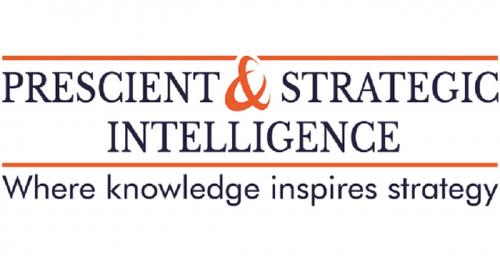Thriving Chemical Industry To Propel Chlorobenzene Market Growth In Future

Pharmaceutical companies around the world are increasingly using chlorobenzene, especially trichlorobenzene, to synthesize intermediates of a wide range of medicines, such as antibiotics and vitamin supplements. In recent years, these companies in developing countries have focused on the local production of essential generic drugs to reduce cost burden on customers. Since 2006, the United Nations Industrial Development Organization (UNIDO) has offered advisory services and technical cooperation to facilitate local pharmaceutical production (LPP) in developing countries with a large number of private- and public-sector partners. Thus, the rising production of generic drugs will create a huge requirement for chlorobenzene worldwide.
Moreover, the expanding chemical industry will also contribute to the chlorobenzene market growth during the forecast period (2021–2030). According to P&S Intelligence, the market generated $2.3 billion revenue in 2020. Chemical companies are using chlorobenzene as a solvent in the synthesis of insecticide and pesticide formulations, drugs, di-phenyl oxide, organic chemicals, nitrobenzene, and di-isocyanate. Additionally, the compound is also used in degreasing automobile parts. Thus, the surging automobile sales and the increasing focus on prolonging vehicle age will also act as key growth drivers of the market.
The pharmaceutical and chemical industries along with the textile, cosmetic and personal care, agriculture, and paint and coating sectors use monochlorobenzene, m-dichlorobenzene, paradichlorobenzene, hexachlorobenzene, orthodichlorobenzene, tetrachlorobenzene, and trichlorobenzene. In the coming years, paradichlorobenzene will be used in considerable volume due to the increasing production of polyphenylene and polyphenylene sulfide. Besides, the surging production of paradichlorobenzene in Japan, the U.S., and China will also encourage its consumption across industries in the foreseeable future.
The application segment of the chlorobenzene market is classified into polymer, polysulfone, solvent, nitrochlorobenzene, and others. Under this segment, the nitrochlorobenzene category accounted for the largest market share in 2020. This is due to the surging use of 4-nitrochlorobenzene as an intermediary in the production of common industrial products, such as polymers, sulfur dyes or azo, antioxidants in rubber production, and agrochemicals. This compound is also used in the production of oil additives and antimalarial drugs such as Dapsone.
Globally, the Asia-Pacific chlorobenzene market generated the highest revenue during the historical period (2015–2020), and it is expected to maintain its lead throughout the forecast period as well. This can be ascribed to the surging use of the compound in the production of herbicides and polyphenylene sulfide resins. As China is home to a large number of manufacturing plants, it has emerged as the leading producer and consumer of chlorobenzene in the world.
Therefore, the soaring production of generic drugs and the flourishing chemical industry are expected to propel the demand for chlorobenzene in the forthcoming years.










Comments